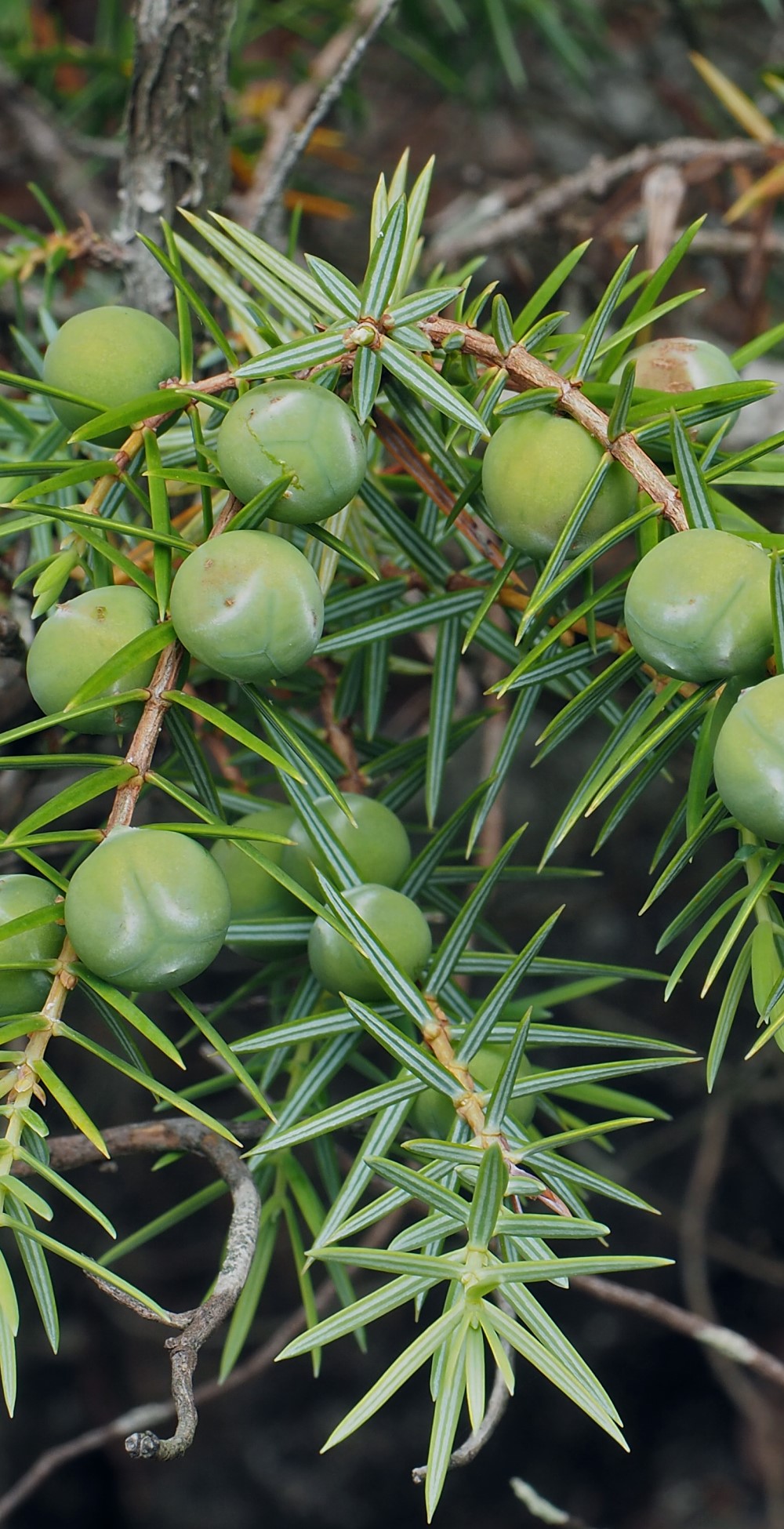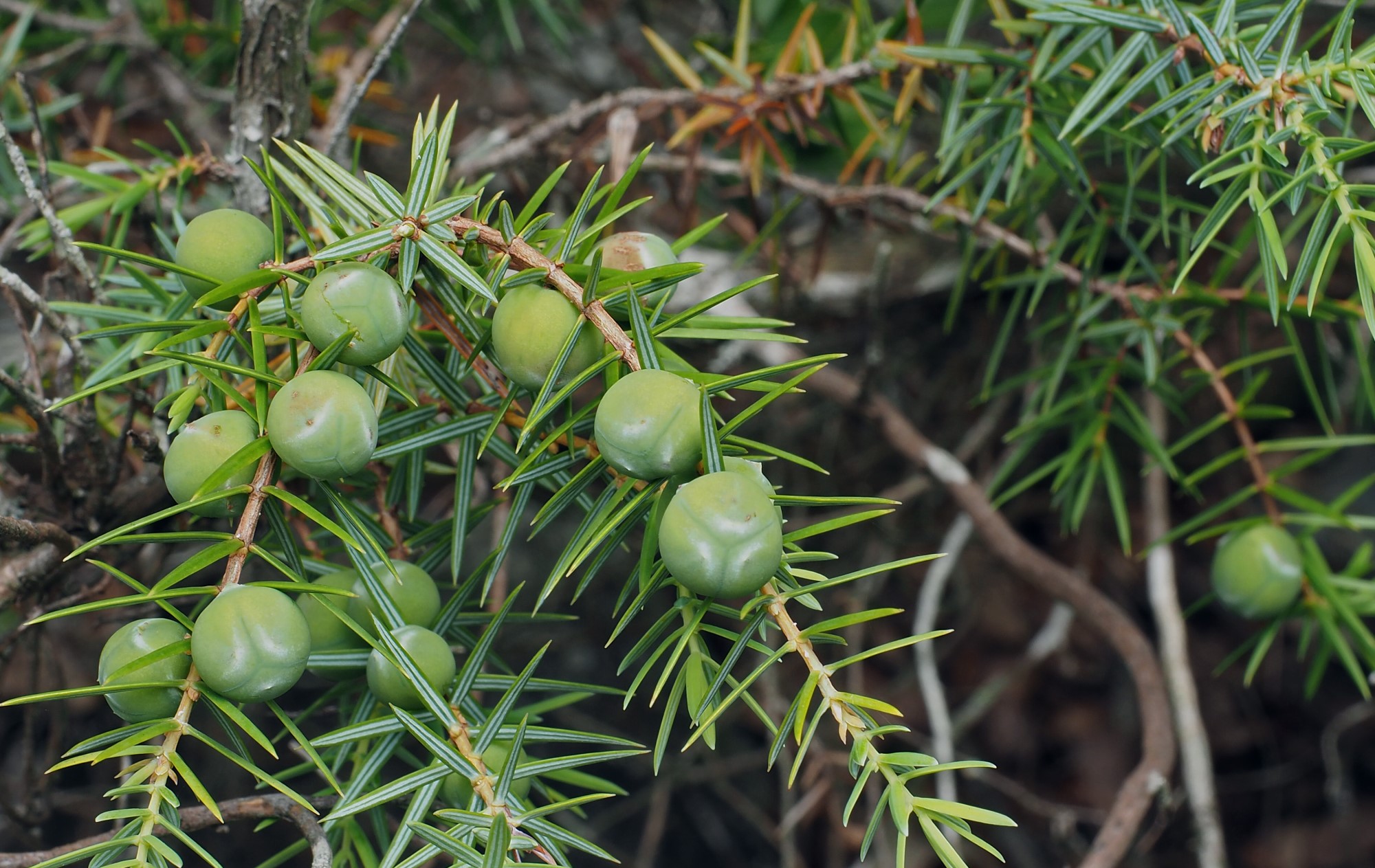
Italian herbs of the Mediterranean
Italian Mediterranean herbs are the linchpin in the preparation of local specialties in Tuscany. Indeed, Tuscan cuisine is close to nature and strongly bound to its own terra. Because, traditionally people eat what grows on their own land. The focus is on cooking the best, healthiest raw materials that are not tampered with much. However, then it comes to Mamma’s real piece of art: Through the skilful use of Italian herbs, she exalts the properties of the raw materials. She selects the appropriate Mediterranean herbs. Furthermore, with her experience she knows the correct dosage and the best time when to add. As a result, the palate will enjoy a veritable explosion of taste. This is how, Mamma, as any other Italian chef, gives Tuscan dishes at our restaurant her very personal signature.
Due to the strong flavour of Tuscan cuisine, the bread served as side dish does not need to be salted in Tuscany. Indeed, it should taste of durum wheat only. The rest of the flavour comes from main course such as an herb roast, a spicy salsiccia or the unequalled finocchiona.
Healing properties of Italian herbs
Herbs are highly valued in Tuscany not only for their taste, but also for their healing properties. As a matter of fact, under the Tuscan sun herbs thrive perfectly. Therefore, they contain abundant ingredients. Relying on herbs for healing is deeply rooted in Tuscan culture. In the religion of their ancestors, the Etruscans, God manifests himself in nature. Given that everything that heals is divine, all healing must come from nature.
Wild Italian herbs around the holiday home
In addition to the herbs we grow in the herbarium, we also use wild herbs we collect in the fields and forests around our Agriturismo. For instance, there is wild fennel, wild mint, wild garlic or St. John’s wort. A typical tree of the Tuscan maquis is the Mediterranean juniper. Indeed, until a few years ago, when the works on the fields had ended, farmers went to the steep slopes of the maquis to battere la coccola: Jute nets were set out under the juniper bushes and the ripe berries were beaten down with sticks. Afterwards, they were deposited in sacks in agreed locations, “passed on” from generation to generation. A juniper trader would then wander these places and load the sacks onto his donkey.
A brief Tuscan herbology
Get to know the most important herbs of Tuscany from the list below. If you are interested in learning how we use them in cooking, you are warmly invited to our thematic dinner about Italian herbs at our restaurant. An intense taste experience awaits you, with Mamma’s very personal signature.

Italian herbs of the Mediterranean
Mamma’s secret in cuisine
Italian Mediterranean herbs are the linchpin in the preparation of local specialties in Tuscany. Indeed, Tuscan cuisine is close to nature and strongly bound to its own terra. Because, traditionally people eat what grows on their own land. The focus is on cooking the best, healthiest raw materials that are not tampered with much. However, then it comes to Mamma’s real piece of art: Through the skilful use of Italian herbs, she exalts the properties of the raw materials. She selects the appropriate Mediterranean herbs. Furthermore, with her experience she knows the correct dosage and the best time when to add. As a result, the palate will enjoy a veritable explosion of taste. This is how, Mamma, as any other Italian chef, gives Tuscan dishes at our restaurant her very personal signature.
Due to the strong flavour of Tuscan cuisine, the bread served as side dish does not need to be salted in Tuscany. Indeed, it should taste of durum wheat only. The rest of the flavour comes from main course such as an herb roast, a spicy salsiccia or the unequalled finocchiona.
Healing properties of Italian herbs
Herbs are highly valued in Tuscany not only for their taste, but also for their healing properties. As a matter of fact, under the Tuscan sun herbs thrive perfectly. Therefore, they contain abundant ingredients. Relying on herbs for healing is deeply rooted in Tuscan culture. In the religion of their ancestors, the Etruscans, God manifests himself in nature. Given that everything that heals is divine, all healing must come from nature.
Wild Italian herbs around the holiday home
In addition to the herbs we grow in the herbarium, we also use wild herbs we collect in the fields and forests around our Agriturismo. For instance, there is wild fennel, wild mint, wild garlic or St. John’s wort. A typical tree of the Tuscan maquis is the Mediterranean juniper. Indeed, until a few years ago, when the works on the fields had ended, farmers went to the steep slopes of the maquis to battere la coccola: Jute nets were set out under the juniper bushes and the ripe berries were beaten down with sticks. Afterwards, they were deposited in sacks in agreed locations, “passed on” from generation to generation. A juniper trader would then wander these places and load the sacks onto his donkey.
A brief Tuscan herbology
Get to know the most important herbs of Tuscany from the list below. If you are interested in learning how we use them in cooking, you are warmly invited to our thematic dinner about Italian herbs at our restaurant. An intense taste experience awaits you, with Mamma’s very personal signature.

















